
Converting a classic car to electric actually increases its environmental footprint
Skim through the history books, and you’ll struggle to find an automobile that’s more elegant or regal than the Phantom V from the 60s. And it wasn’t just elegance on the outside, but sheer opulence on the inside as well – as you would expect from a car
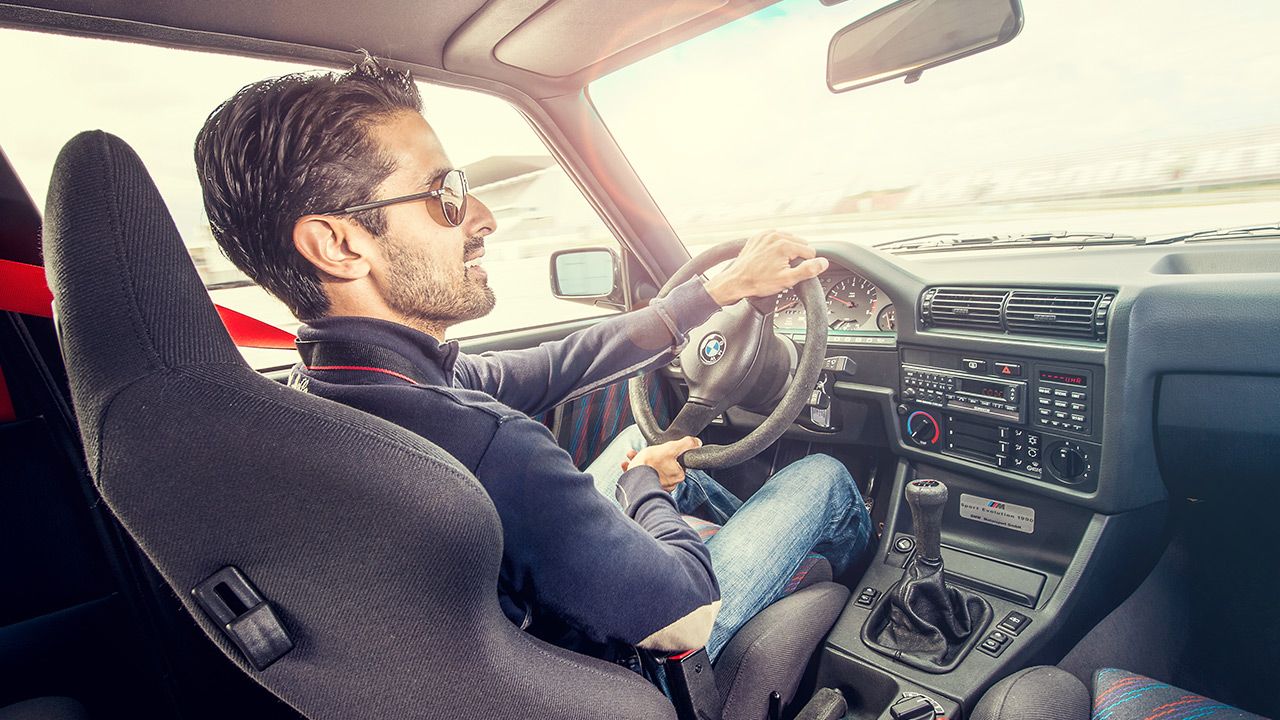
Check out this story of a stunning Rolls-Royce Phantom from 1961. Except this one is now powered by electricity!
Skim through the history books, and you’ll struggle to find an automobile that’s more elegant or regal than the Phantom V from the 60s. And it wasn’t just elegance on the outside, but sheer opulence on the inside as well – as you would expect from a car guided by the ‘Flying Lady’ on the bonnet.
The original advertising campaign for the Phantom contained one of the most famous taglines of all time, written by no less than advertising legend David Ogilvy himself. ‘At 60 miles an hour the loudest noise in the new Rolls-Royce comes from the electric clock.’ Ogilvy considered this the best headline he had ever written.
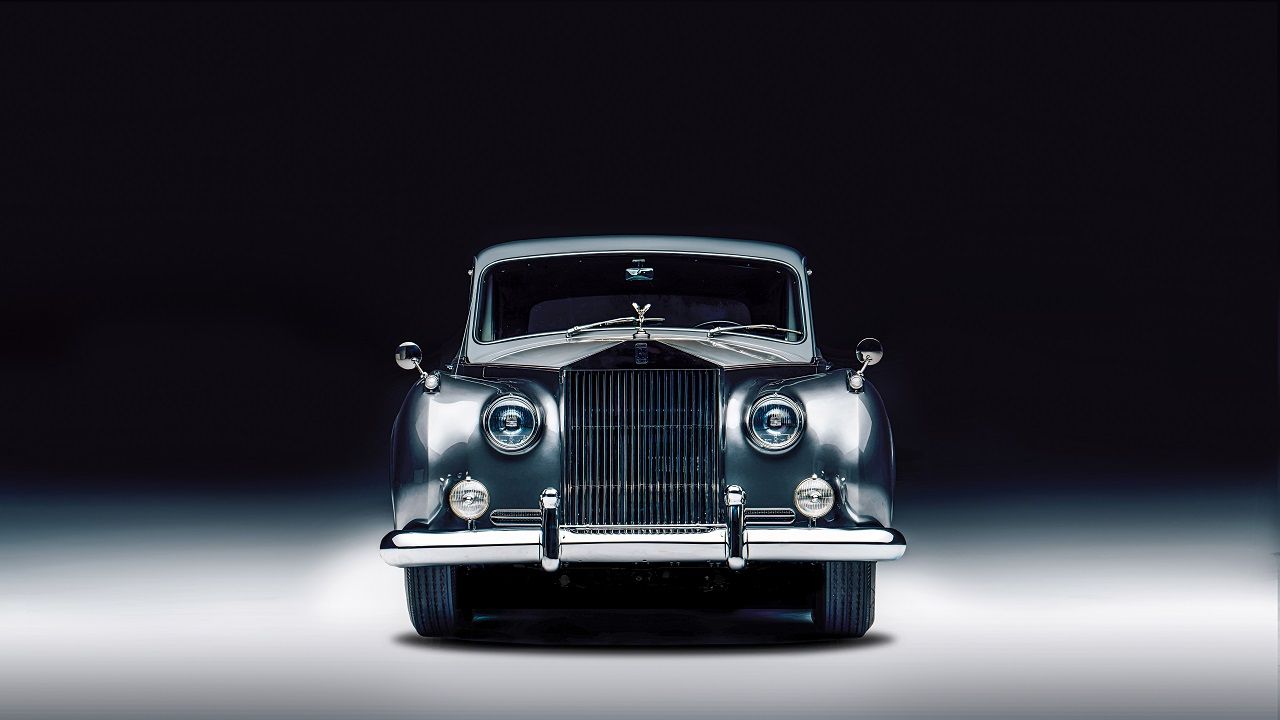
Lunaz, a British classic restoration firm, has taken it upon themselves to restore the Phantom to its past glory. But it’s not just the clock that’s electric in their version of the Phantom V. You see, they’ve ditched the 6.2-litre V8 for an all-electric, new-age powertrain. And that’s fitting in many ways, because the silent surge of power that an electric motor provides would sit very well, I’m sure, with both Charles Rolls and Henry Royce.
And while the quality of the restoration looks absolutely immaculate – which should ensure that at least a few examples of this beauty continue to grace our roads for a long time to come – I have a slight problem with the environmental impact of such a restoration. Yes, environmental impact! But it’s ELECTRIC, you say?
Think about it though. Sixty years after the car was first produced, it’s unlikely to be used as a daily driver anymore – well, it’s a Rolls Royce, so chances are that it never did perform anything as mundane as ‘daily’ duties. And considering that the major environmental impact of any car is in its production – again assuming that a classic Rolls isn’t driven everyday – it’s safe to assume that 99% of its environmental impact is behind it. What this restoration has done, however, is that it’s junked its V8 and packed this RR full to the brim with lithium-ion cells and electric motors that contain rare earth metals. Take into account the impact of extracting these materials from the earth’s crust, then shipping them around the world to create battery packs and electric motors, and you get some sense of the renewed impact that such a restoration might have.
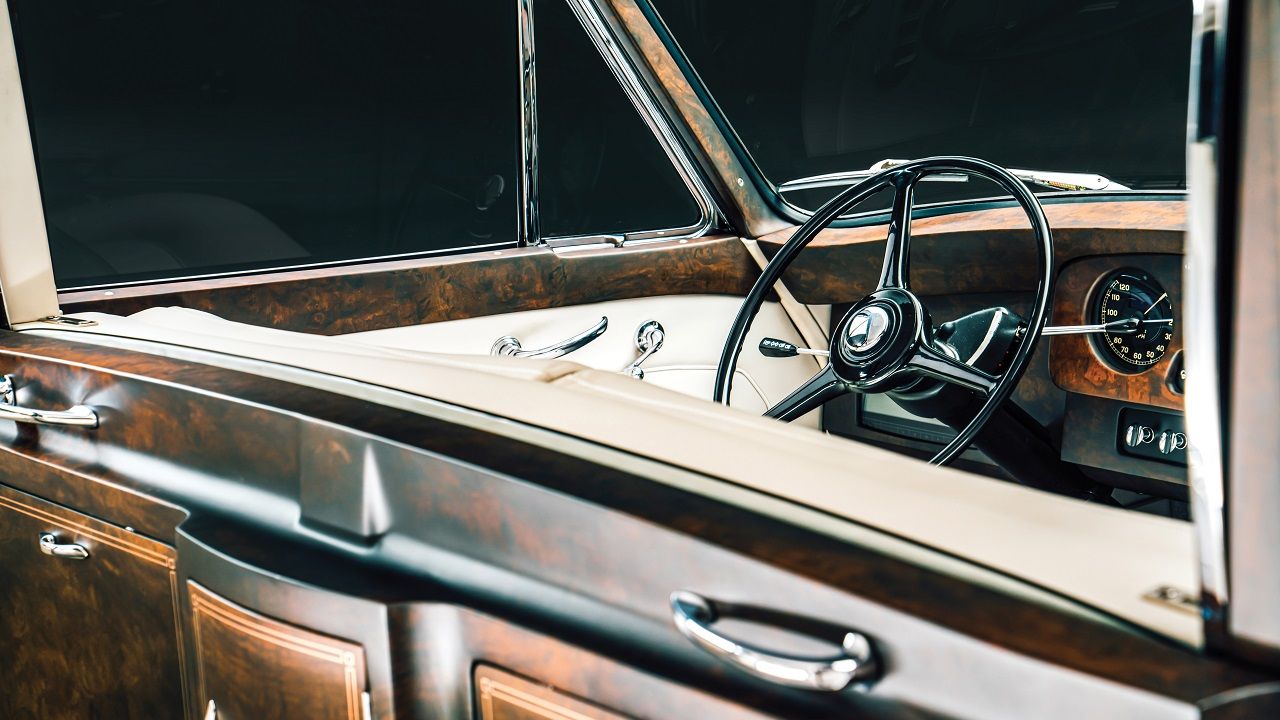
Then consider the fact that influential people will, with good intentions no doubt, actually choose restorations such as these to fly the green flag. And, without considering the above argument, they will believe of course that they’re saving a piece of history and preserving the environment at the same time.
Don’t get me wrong, we absolutely must move away from fossil fuels and find more sustainable forms of propulsion. And, sure, we do need to have some fun along the way – with poster-boy projects such as this. But we also have to keep our eyes open through the process, and call a spade-a-spade when we see it. Otherwise, we could be fooling ourselves and jumping from the frying pan to the fryer… or, as the case may be, from a lazy V8 to an electric motor’s magnetic field.
Also read - Today's cars will never be timeless
If Elon Musk had studied epidemiology, perhaps we wouldn’t be in this mess!


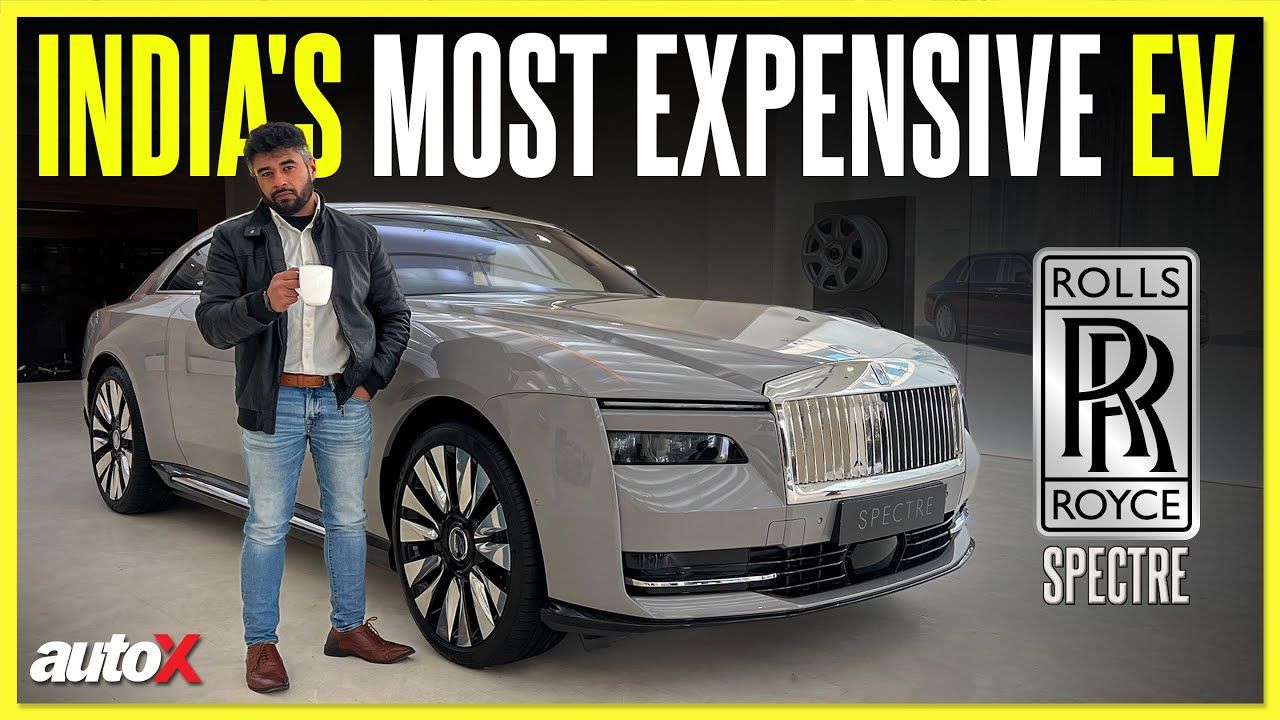
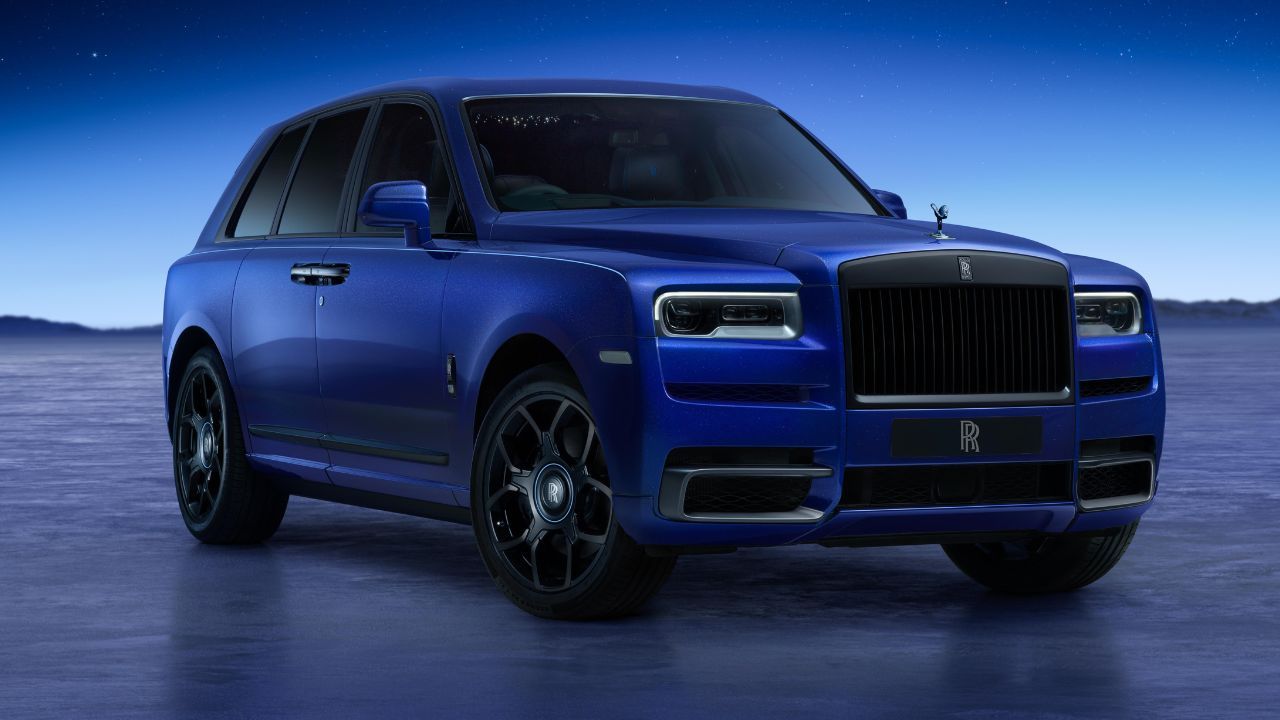
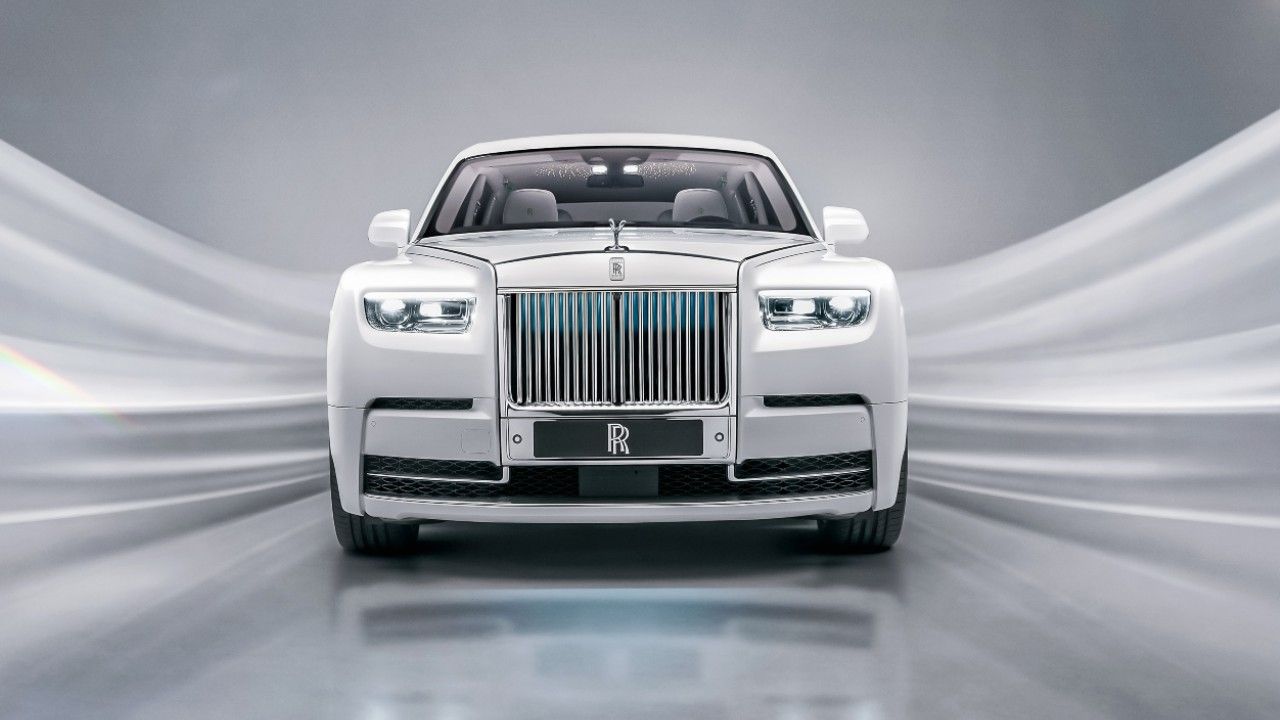
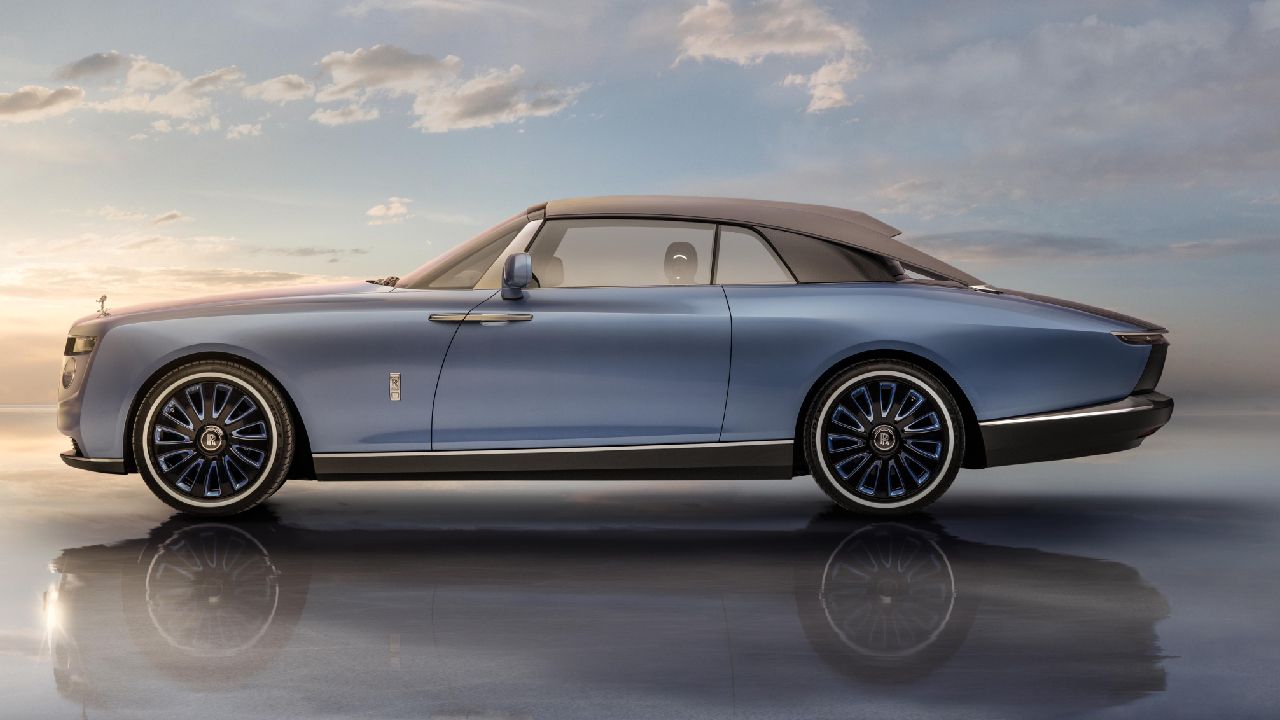
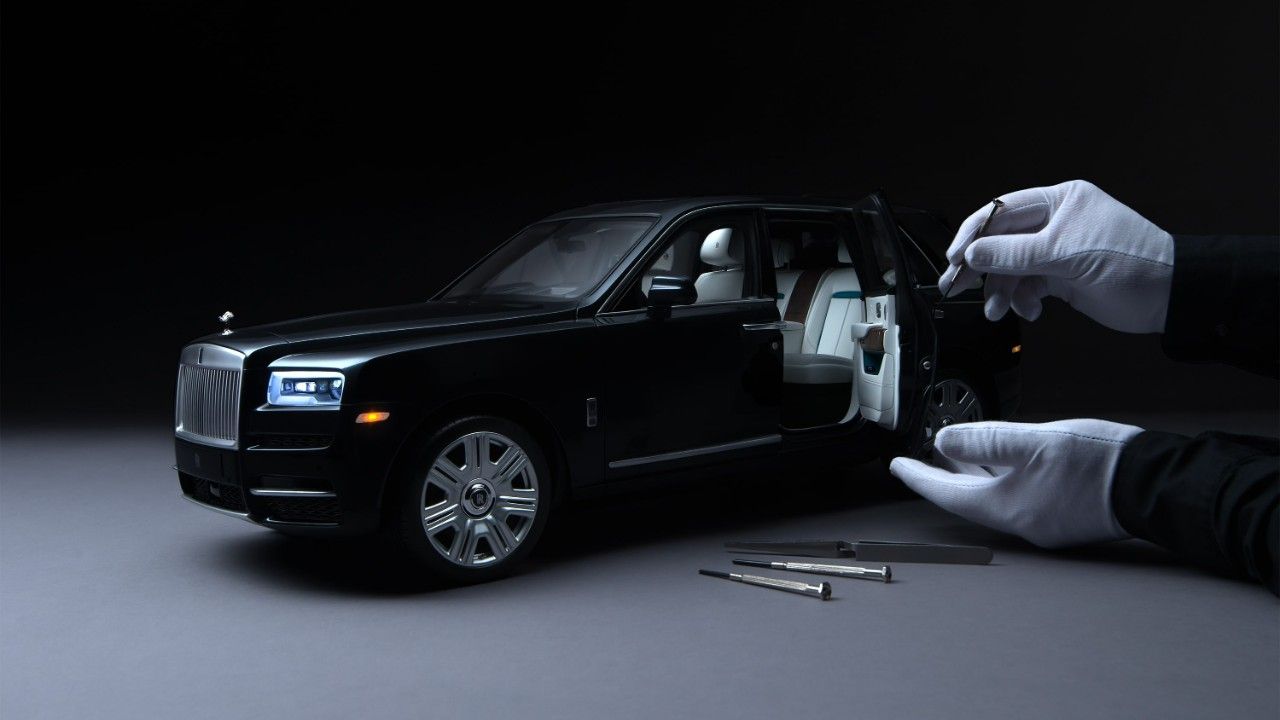


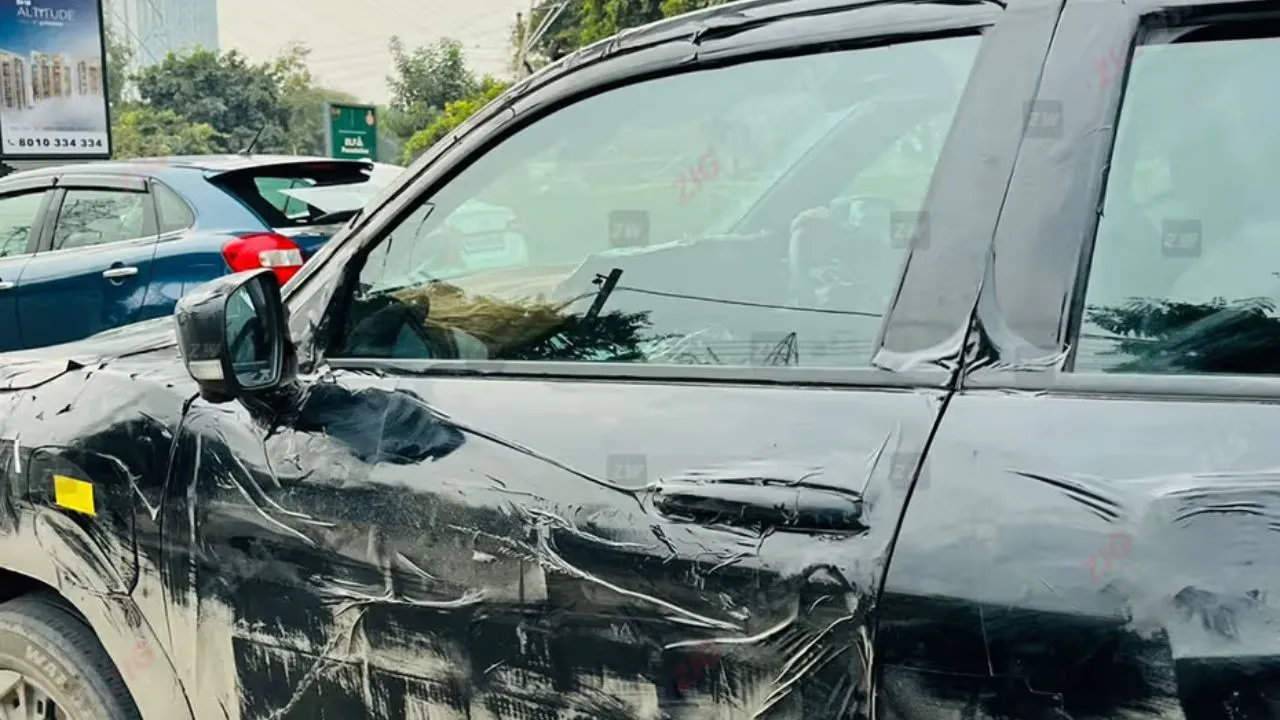
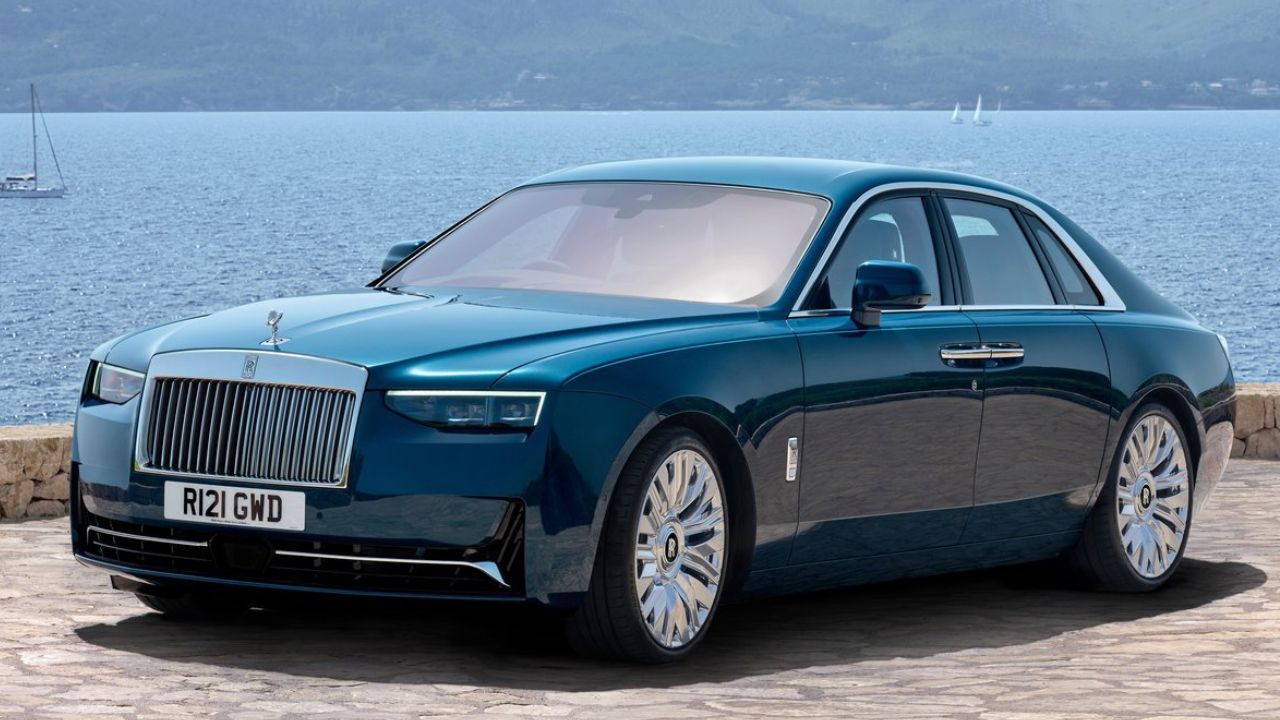
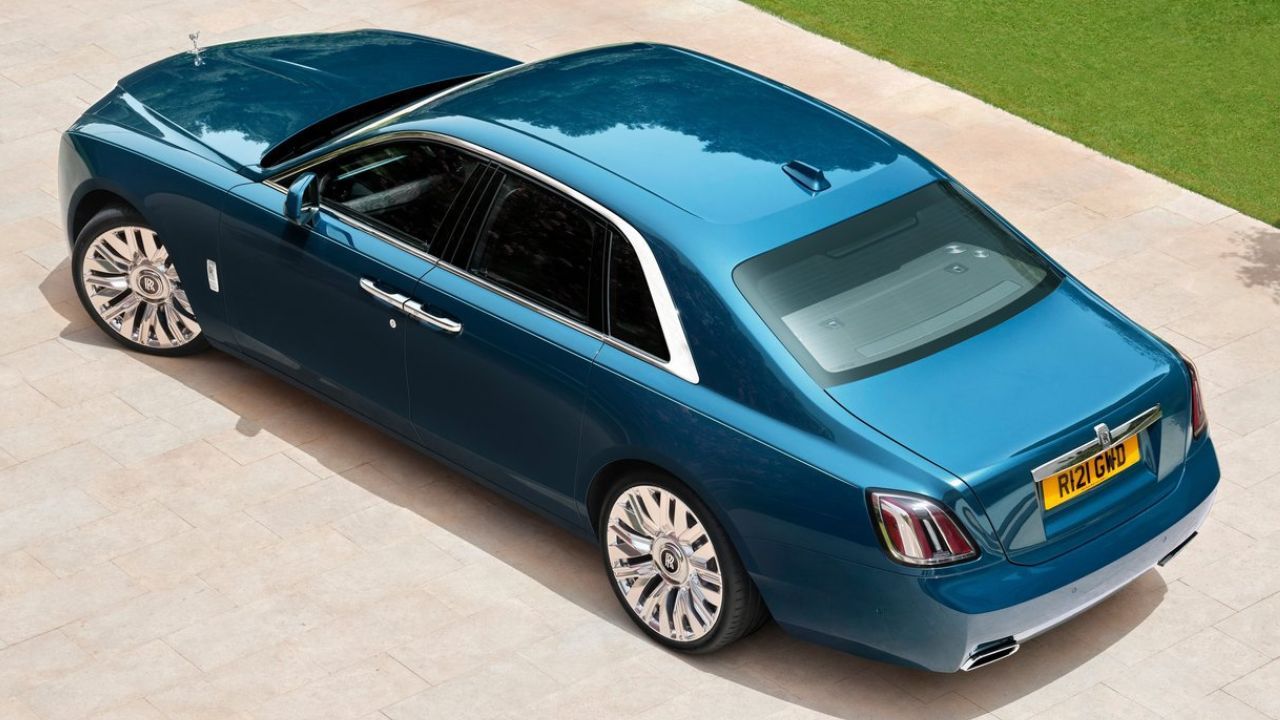
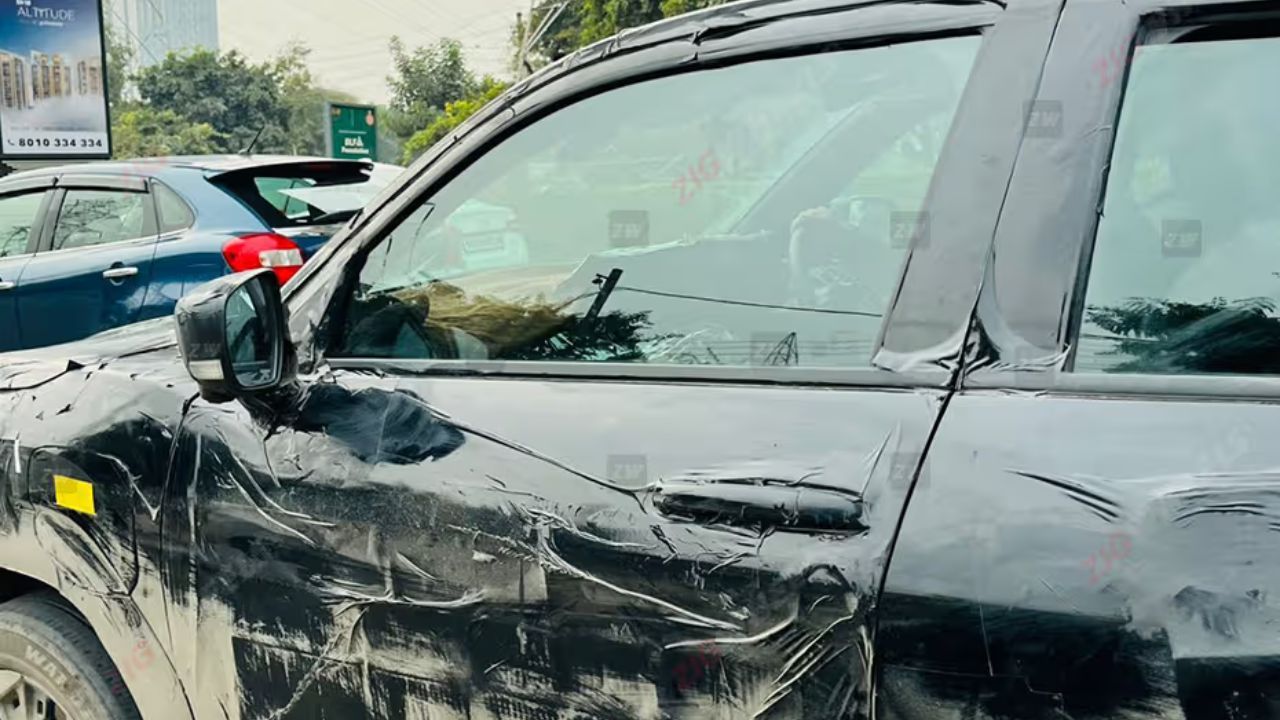
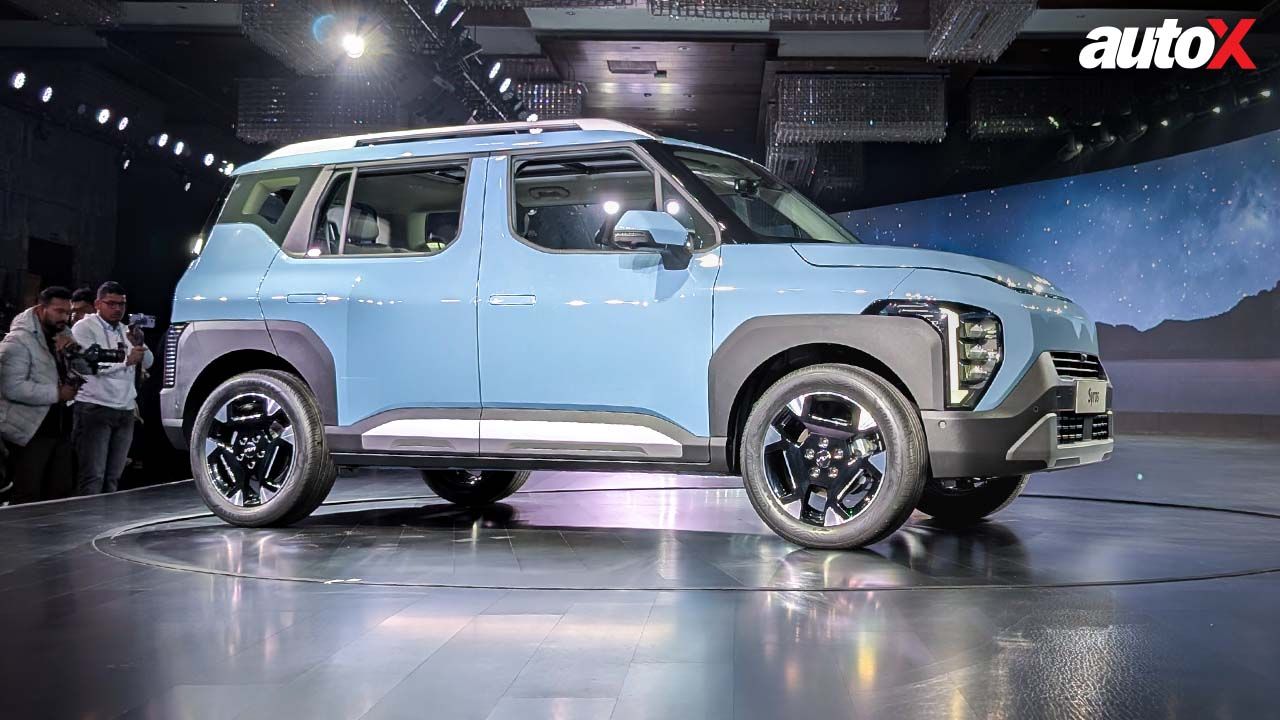
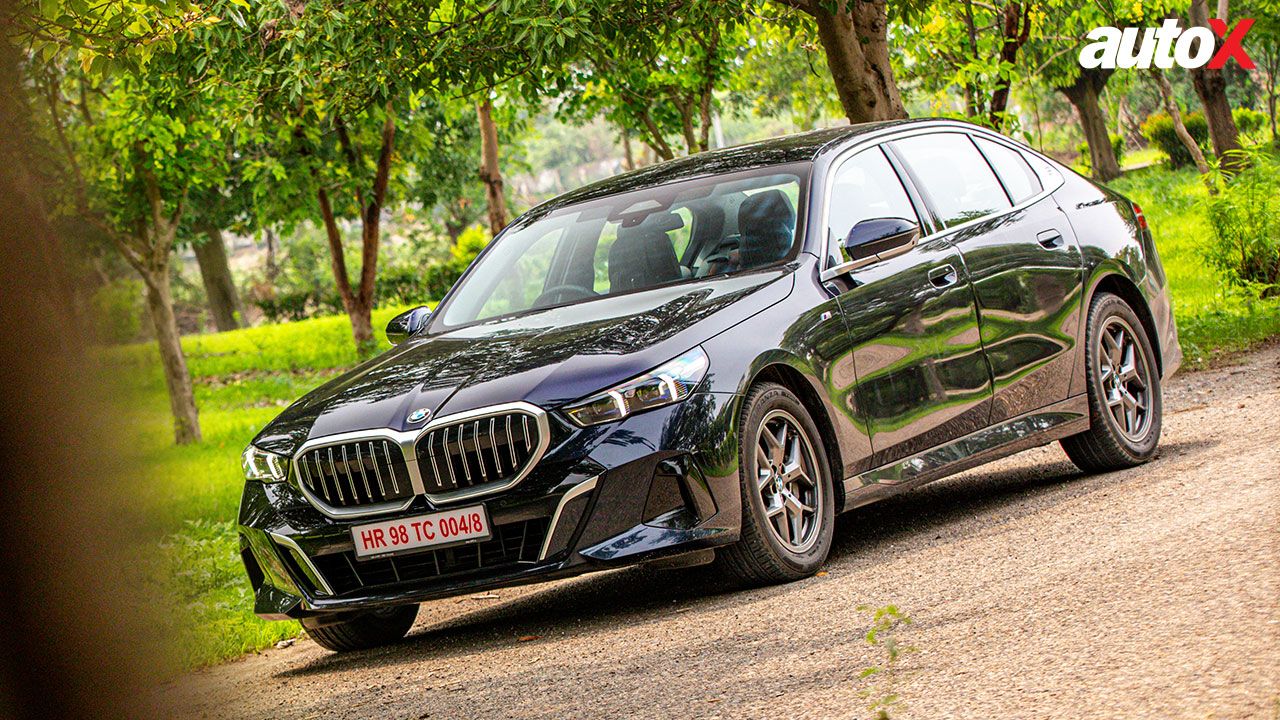














Write your Comment on